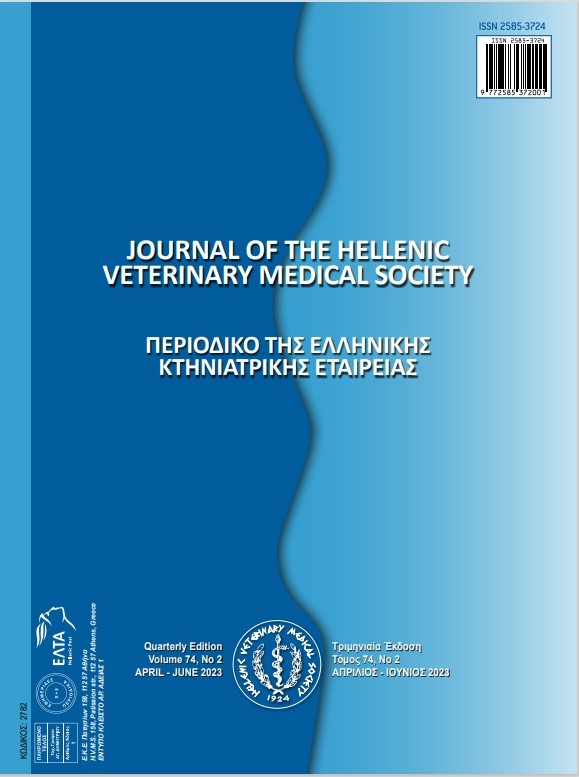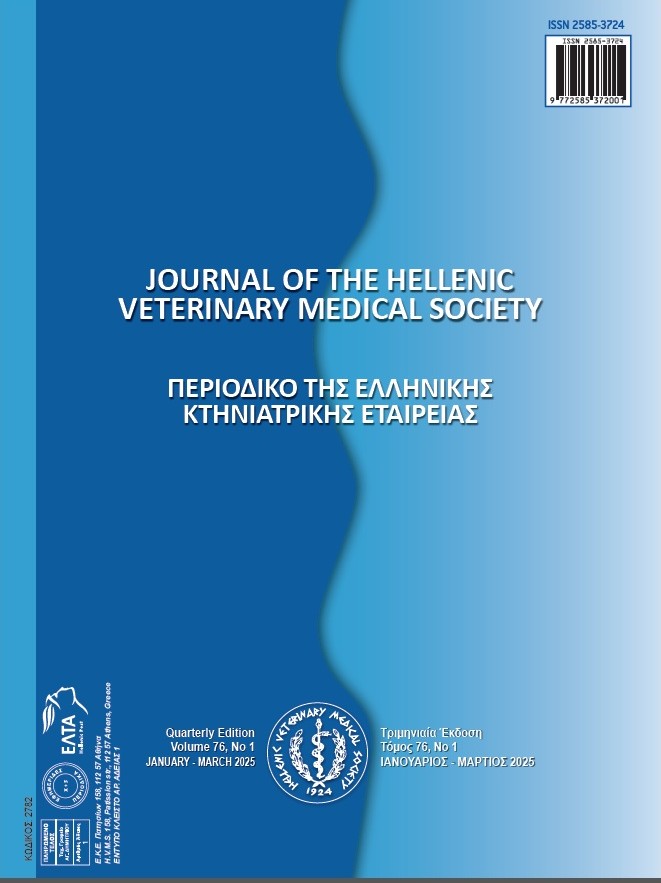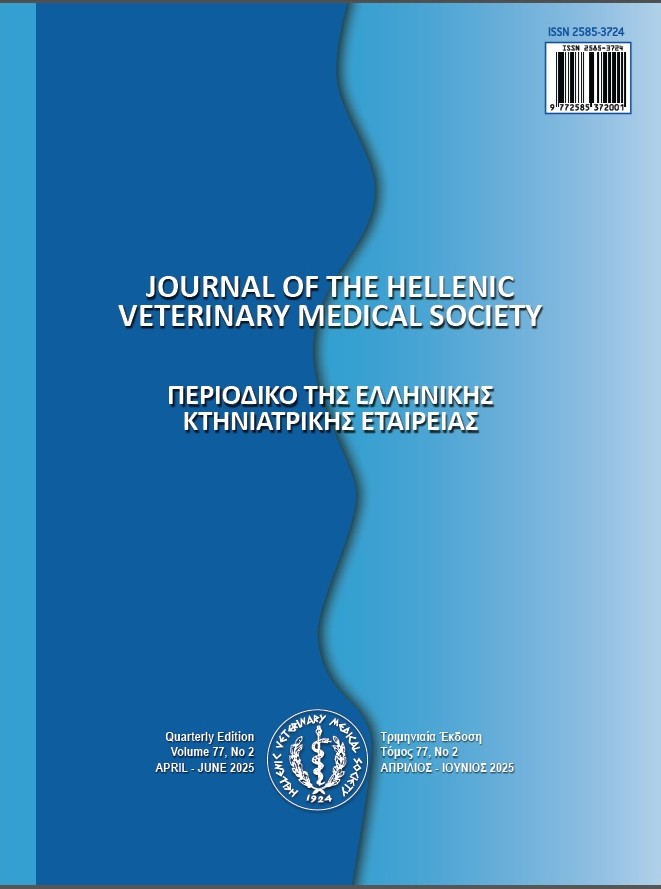A study investigating the relationship between milk urea nitrogen and the reproductive performance of Holstein cows

Abstract
Since protein is a fundamental component of dairy cows' diet, as well as its metabolites, it is critical to pay attention to milk urea nitrogen (MUN) in order to control the protein concentration in diet because it is one of the most prevalent compounds in milk. Hence, the present research evaluated MUN and its relationship with some reproductive performances and fertility of Holstein dairy cows. There were four groups of data concerning the reproductive and productive performance of large herds of dairy cows in Iran, including group 1) milk urea nitrogen (MUN) less than 12.96 mg/dl; group 2) MUN between 12.96 and 14.35 mg/dl; group 3) MUN between 14.35 and 15.88 mg/dl; and group 4) MUN over 15.88 mg/dl. Initially, a list of each dairy herd involved in Iran's DHI program was prepared, and 30 dairy herds with an excess of 1000 lactating cows were randomly selected. In order to mix the data on reproduction and milk composition, FoxPro 2.6 software was used. A statistical analysis of milk urea nitrogen and other independent variables was conducted through analysis of variance. The aforementioned results regarding the importance of reproduction and pregnancy rate in lactating cows and determining the appropriate concentration of milk urea nitrogen indicate that this parameter could be optimally used to control the protein-to-energy ratio and protein consumption of lactating cows in their diet.
Article Details
- Come citare
-
Sadeghi, K., Ganjkhanlou, M., Fekri, A., & Palangi, V. (2025). A study investigating the relationship between milk urea nitrogen and the reproductive performance of Holstein cows. Journal of the Hellenic Veterinary Medical Society, 75(4), 8353–8362. https://doi.org/10.12681/jhvms.37076 (Original work published 16 gennaio 2025)
- Fascicolo
- V. 75 N. 4 (2024)
- Sezione
- Research Articles

Questo lavoro è fornito con la licenza Creative Commons Attribuzione - Non commerciale 4.0 Internazionale.
Authors who publish with this journal agree to the following terms:
· Authors retain copyright and grant the journal right of first publication with the work simultaneously licensed under a Creative Commons Attribution Non-Commercial License that allows others to share the work with an acknowledgement of the work's authorship and initial publication in this journal.
· Authors are able to enter into separate, additional contractual arrangements for the non-exclusive distribution of the journal's published version of the work (e.g. post it to an institutional repository or publish it in a book), with an acknowledgement of its initial publication in this journal.
· Authors are permitted and encouraged to post their work online (preferably in institutional repositories or on their website) prior to and during the submission process, as it can lead to productive exchanges, as well as earlier and greater citation of published work.





